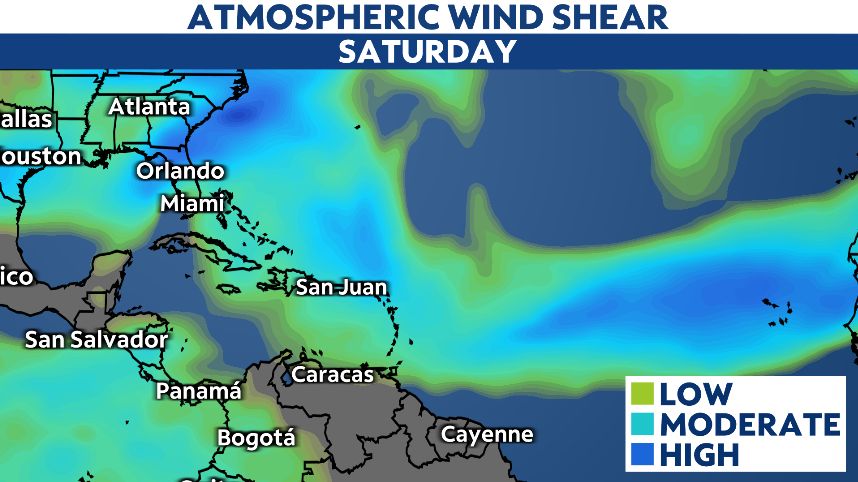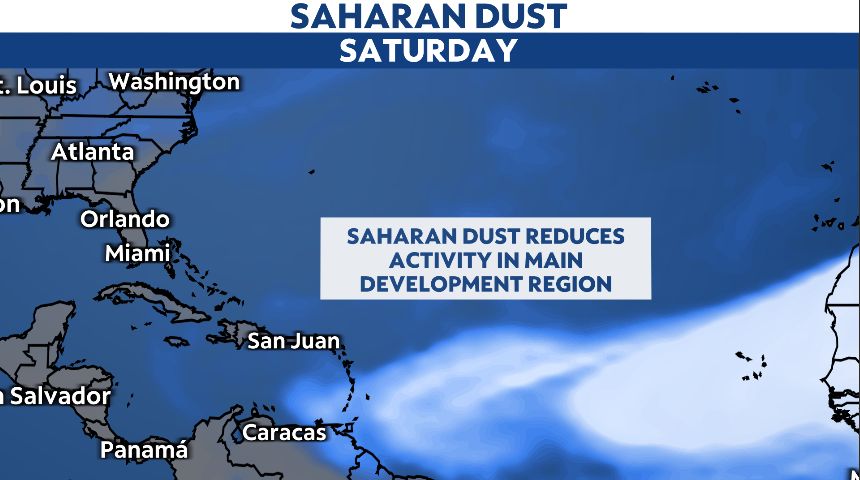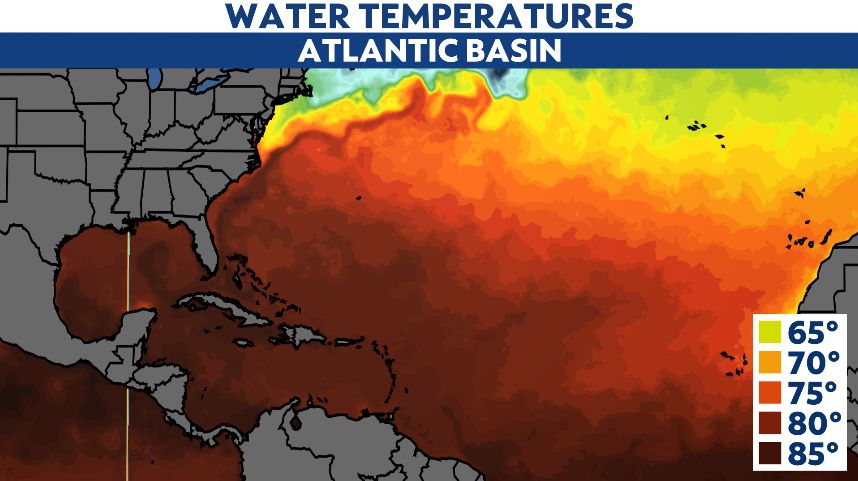The first system of the 2022 Atlantic hurricane season is attempting to develop, and it’s a disorganized one.
Early season tropical systems are often messy and very lopsided, with heavy precipitation on one side and dry conditions on the other.
There are three key reasons as to why early season systems are so disorganized.
Water temperatures
The biggest issue is the water temperature. Water temperatures are vital for developing tropical systems since it is essentially the “fuel” the system feeds off of.
During the late spring and early summer, water temperatures are simply not warm enough to sustain developing complexes.
Even when the water is warm enough at the surface, the temperatures at are lower depths are cooler, which in turn prevents the system from rapidly developing into a tropical storm or hurricane.
Following the hot summer months, however, water temperatures will warm through greater depths. This will allow a disturbance to quickly manifest into a tropical storm or hurricane, provided the atmospheric conditions are favorable.
Wind shear
Wind shear, a change in magnitude or direction of wind at different levels, is another major issue. Wind shear tends to disrupt the complex and can often tear it apart, preventing it from developing.

In June, wind shear is rampant in the tropics. This is especially true along the U.S. coastline, as cold fronts can still travel across much of the Southeast and even into the northern Gulf coast.
Saharan dust
The final piece is dry air that is in place, especially Saharan dust.
Saharan dust is transported by upper-level winds from Africa and across the Atlantic. This dust helps dry out the atmosphere and almost puts a lid on a developing complex.

This is often why we see less activity in what’s called the Main Development Region in the Atlantic in June.
These three factors don’t last forever during hurricane season.
Water temperatures continue to warm throughout the summer months, wind shear becomes reduced and Saharan dust events come to a close by late summer, providing more favorable atmospheric conditions for tropical development during late July and August.
So, while the tropical disturbance this weekend remains disorganized, it’s exactly what meteorologists would expect this early in hurricane season.

